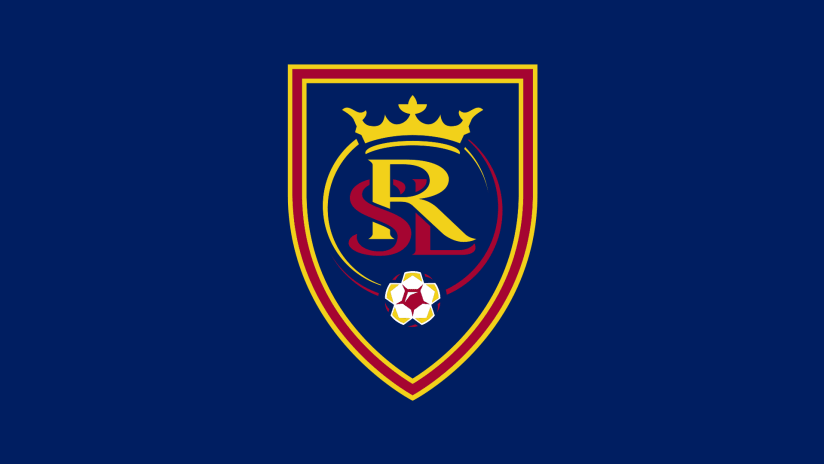Things I cared about in this game, ranked:
1. The Dax McCarty/Kellyn Acosta central midfield pairing
2. Matt Hedges at center back
3. How does Jorge Villafaña handle Ghana's physicality?
4. Do we generate danger off the "3" line in the 4-2-3-1?
...
...
...
78. The traffic situation at Rentschler Field
79. The result
Winning matters, even in friendlies. Every coach in every sport in the world will tell you that winning is a habit, and Bruce Arena is no different in that regard. It's good that the USMNT are getting back into that habit following their 2-1 win over Ghana on Saturday.
But building a functional national team program is a process, and getting the granular details right in that process are more important than the result in any given friendly – but especially one like this, which featured an experimental roster against a talented opponent.
ESPN color commentator Taylor Twellman addressed this in the 85th minute of the broadcast. He said he asked Arena, straight-up, how much winning not just this friendly, but he upcoming Gold Cup mattered. The answer (and I'm paraphrasing here) was "I'm trying to complete my roster for World Cup qualifying, which is the one thing that matters. If I can find four or five guys to do that, that's the real win."
So that's how Arena approached the game, and he was right to. Adding a win on top of it is some very tasty icing on a well-constructed cake.
Here are some takes:
1. The McCarty/Acosta pair was the best part of this game
They controlled the game by repeatedly playing tough passes into dangerous spots, splitting the lines of Ghana's midfield and hitting their attackers into their feet. It was so good.
McCarty basically did the below (volume up for analysis):
Hitting those passes forces any defense to contract through the middle, and doing that creates more space for attackers to operate on the wing. Acosta and McCarty played off of each other – they found an instant rhythm together – to keep gashing the Ghanaian defense in that way.
McCarty playing this well answers the question "Who does the USMNT turn to at defensive midfield if Michael Bradley gets hurt?" Acosta playing this well answers the question Jermaine Jones posed back in March – who is going to take the starting job as a box-to-box midfielder in A+ USMNT lineups?
These are the two most important questions of the next month. Nothing else actually comes all that close in terms of importance, so I'm pretty stoked on how emphatically positive the answers were today.
2. Hedges and Matt Besler paired at center back made the McCarty/Acosta pair better and vice versa
It wasn't just the two central midfielders who did a good job of keeping the ball on the ground and establishing a rhythm, and they certainly weren't the only two out there connecting dangerous passes. Hedges and Besler were both very good with the ball (save one miscommunication-inspired turnover from Hedges) and arguably even better without it because they kept Ghana's attackers in front of them for the entire game.
Hedges and Besler are in a fight for the fourth spot on the center back depth chart, as Nos. 1-through-3 are locked down by Geoff Cameron, John Brooks and Omar Gonzalez. Both helped their cause.
3. The "3" line was dangerous and inventive
Paul Arriola and (especially) Kelyn Rowe had very good games, and what stood out was how instantly they clicked with the guy who was nominally the No. 10, Joe Corona. Corona's not a natural creator and is more of comfortable as a deep-lying distributor, so when he dropped deep to get on the ball, Rowe and Arriola took turns sliding inside to act as ad hoc playmakers. The 4-2-3-1 often became a 4-3-2-1.
It was fun and fluid. There is a lack of raw, direct pace, however, that can be exploitable against better teams in bigger games.
4. Dom Dwyer was relentless but profligate in his first US cap
Dwyer did for the US what he's done so well for Sporting KC over the last five years: Checked back to get on the ball in brave situations, stretched the field with his relentless motor and clever movement, and spearheaded the US defense. He also scored a right-place, right-time goal and flubbed a few other chances/mishit a few passes that could've/should've led to more chances.
This is who Dwyer is. Nobody's gonna write any poems about how he plays, but A) it's effective, B) it's reliable, and C) there's always room for that in the player pool.
5. Villafaña struggled at times with raw pace
He's the unquestioned starter at left back by my reckoning, which is as it should be. But as teams get film on him they will understand, more and more, that he can be skinned in isolation.
It's something Arena will have to plan for, and the good news is that the US are finally structured to maximize his strengths while limiting his weaknesses (volume up for analysis):
6. And finally, the US used its fourth different formation in eight games under Arena
In order: 4-1-3-2, 4-4-2, 5-4-1, 4-2-3-1. That's more experimentation than I'd expected at this early date in Arena's renewed tenure, but it's certainly felt like experimentation with a purpose and it says something that no matter the situation, formation or opponent, the US have been organized over the last six months.
That bodes well for the games to come, when "result" climbs all the way up to No. 1 on the list, and stays there.












